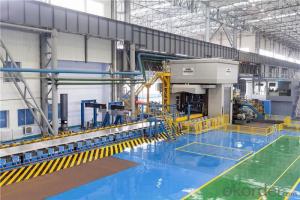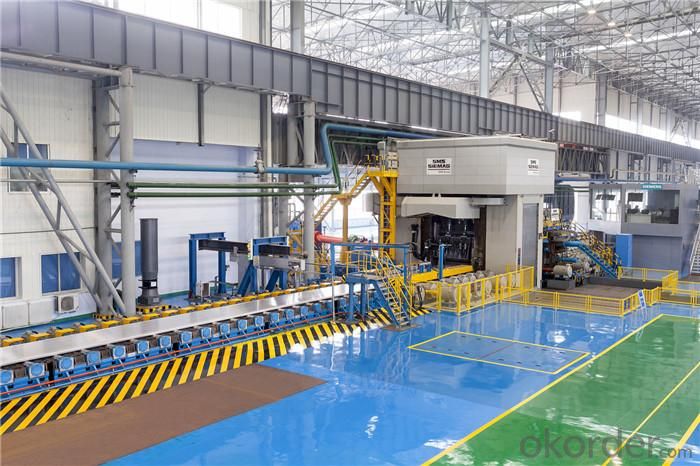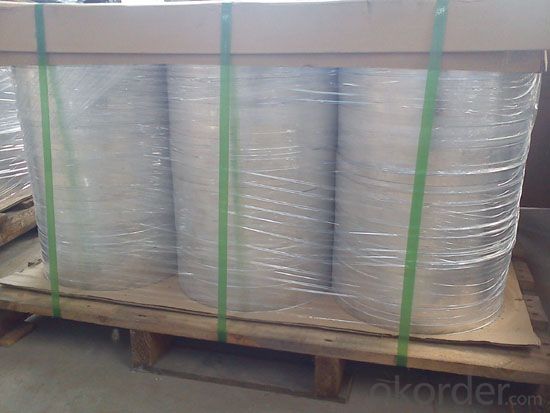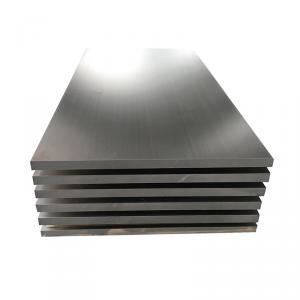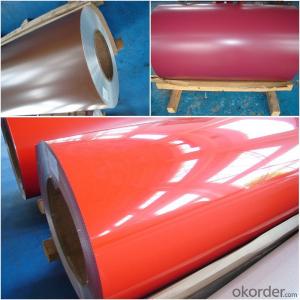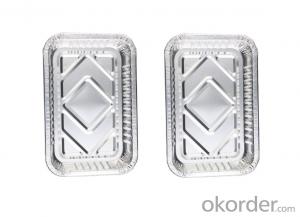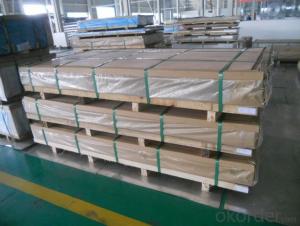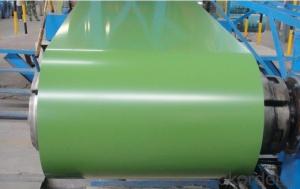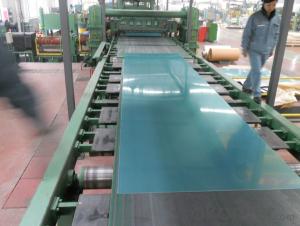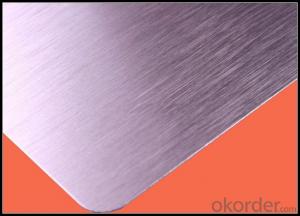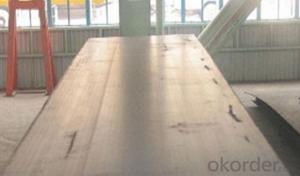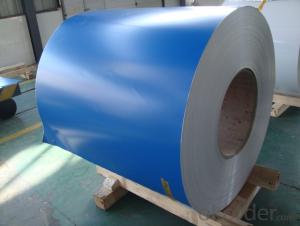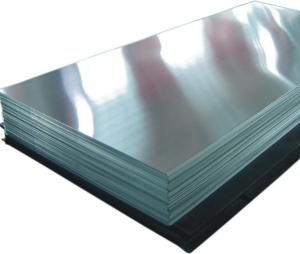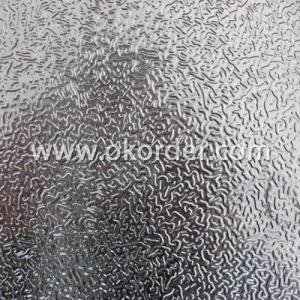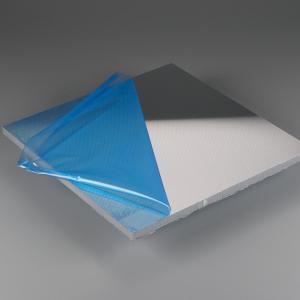Brushed Aluminum Sheets for Sale - Cold Rolled Steel Sheets Wholesale from China CNBM
- Loading Port:
- China main port
- Payment Terms:
- TT OR LC
- Min Order Qty:
- 20 m.t.
- Supply Capability:
- 1000 m.t./month
OKorder Service Pledge
OKorder Financial Service
You Might Also Like
Specification
Product Description:
General Information of Cold Rolled Steel Sheet
The raw material of cold rolled steel sheet is high quality hot rolled product, and after pickling, continuous rolling, degreasing, annealing, skin pass, slitting and cut to length line etc. Along with it many kinds of new technology and new process of global cold rolling production have been applied. Therefore the quality of the goods could be guaranteed. The finished product has a variety of excellent capabilities, such as processing capability and smooth, flat surface. It’s widely used in outdoor and interior decoration, furnishing manufacturing, home appliance, automobile etc.
Specifications of Cold Rolled Steel Sheet
1) Grade: SPCC, SPCD, SPCE, DC01-06, St12, Super deep drawing
2) Standard: JIS G3141-1996, EN 10131-2006, DIN EN 1002
3) Thickness: 0.20mm - 3.0mm
4) Width: 600/1000/1250/1500 (mm) or per customer's request
Package of Cold Rolled Steel Sheet
Strapped with min three strapping strips, covered by anti-water paper and plastic film, fixed on the iron or wooden pallets by strapping strips and covered by plastic bag to prevent damage from transportation.
Applications of Cold Rolled Steel Sheet
1) For the further producing of hot dip galvanized steel products
2) Cold rolled Steel: Auto manufacture, Oil drum, Transformer's tank panel, Furniture etc.
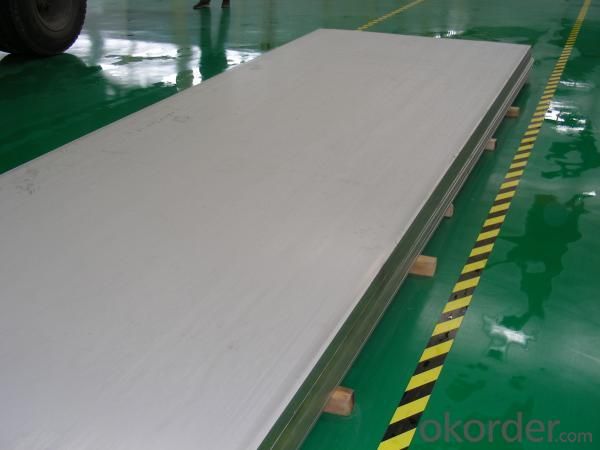
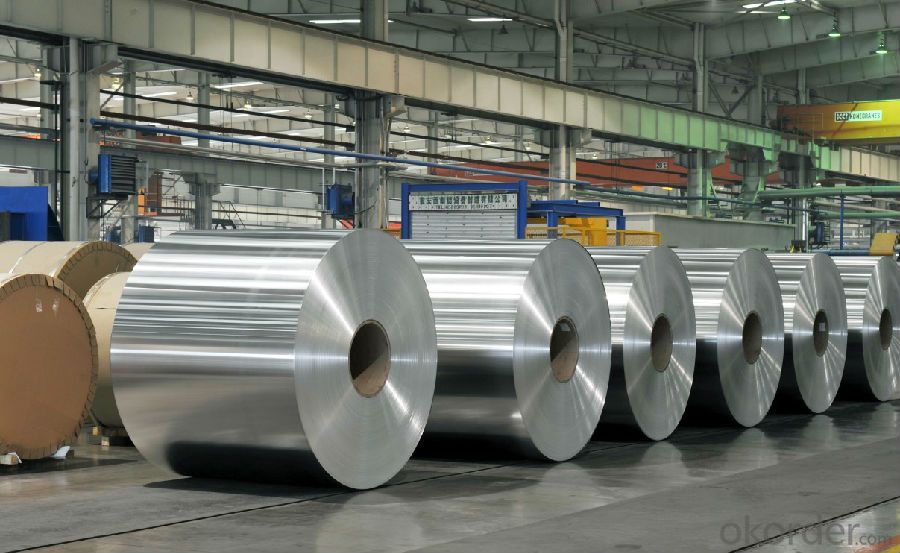
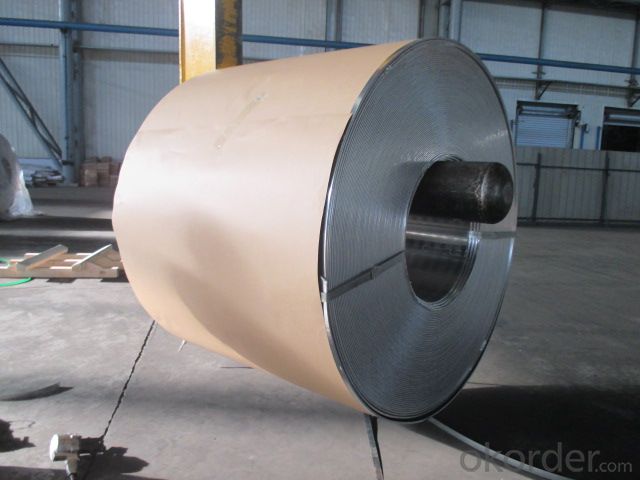
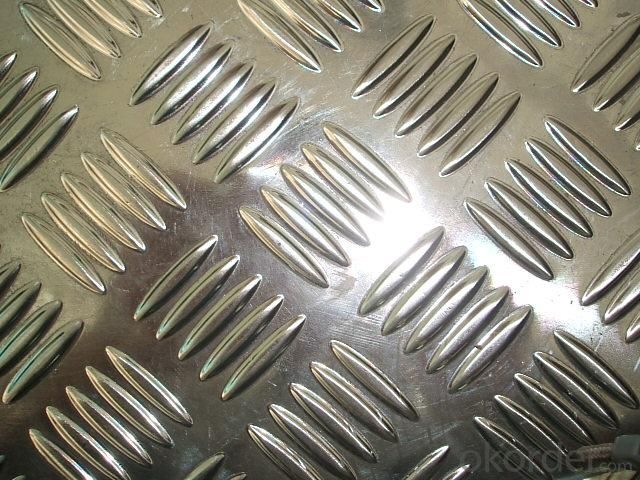
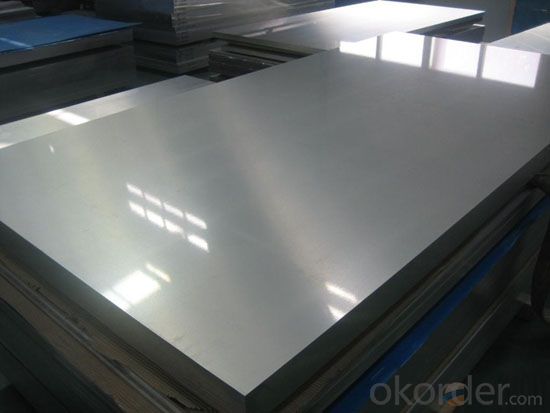
- Q: ive been working with parts for a robot without gloves and ive manged to 3 cuts in my fingers, also my hands get covered with powdered aluminum from sanding the peices, can this be dangerous to my health?
- I dont think its really dangerous but I also dont think its healthy you should try using dust mask when you do that kind of sanding..
- Q: How do you prevent scratches during transportation of aluminum sheets?
- To minimize the occurrence of scratches when transporting aluminum sheets, there are several steps that can be taken: 1. Adequate packaging: It is important to securely package the aluminum sheets using suitable materials like bubble wrap, foam, or cardboard. This will offer cushioning and protection against external impacts. 2. Application of protective layers: Inserting paper or plastic film between individual sheets will prevent direct contact and minimize the risk of scratching. 3. Secure stacking: When loading the aluminum sheets onto transportation vehicles, ensure they are stacked securely to prevent any movement or shifting during transit. This can be achieved by using appropriate strapping or palletizing techniques. 4. Gentle handling: Properly train personnel involved in the transportation process to handle the aluminum sheets with care. They should avoid dragging or sliding them against rough surfaces that could cause scratches. 5. Avoid contact with sharp objects: Take measures to ensure that the aluminum sheets do not come into contact with sharp objects or edges. This can be accomplished by keeping them separate from other materials or using protective covers. 6. Regular inspections: Regularly inspect the aluminum sheets during transportation to identify any potential scratches or damages. If any are discovered, immediate action should be taken to prevent further harm. By implementing these preventive measures, the likelihood of scratches occurring during the transportation of aluminum sheets can be significantly reduced. This will ensure that the sheets are delivered in optimal condition to their destination.
- Q: I am using Reeves Acrylic Colour Set and I plan on painting on Heavy Duty Ralphs Brand Aluminum Foil. Will the paint be able to go on the foil well? Tips? Thank you.
- i use aluminum foil to mix colors on and when it dries it DOES stick, however, it will scratch off really easy. just try experimenting. what do u need the foil for? maybe you can try the aluminum foil leaves? the flakes that you put ontop on the art instead of under it. that way you can glue it on and dont have to worry about it scratching off. foil looks beautiful on paintings :) how it turns out great
- Q: Can aluminum sheet be used for signage?
- Yes, aluminum sheet can be used for signage. Aluminum is a popular choice for signage due to its durability, versatility, and cost-effectiveness. It is a lightweight material that is resistant to corrosion, making it suitable for both indoor and outdoor signage. Aluminum sheet can be easily cut, shaped, and formed into various sizes and designs, allowing for customizable signage options. Additionally, aluminum can be easily printed or engraved upon, making it ideal for displaying text, graphics, and logos. Its sleek and professional appearance adds to its appeal for signage purposes. Overall, aluminum sheet is an excellent choice for signage due to its durability, versatility, and aesthetic qualities.
- Q: Are aluminum sheets suitable for marine applications?
- Yes, aluminum sheets are suitable for marine applications. Aluminum is lightweight, corrosion-resistant, and has excellent strength-to-weight ratio, making it ideal for various marine applications such as boat hulls, decks, and structural components. Additionally, aluminum's low maintenance requirements and durability in harsh marine environments further contribute to its suitability for such applications.
- Q: whst should I notice while welding aluminum sheet and aluminum block?
- two types of aluminum reach melting points, aluminum block must be preheated when you weld them with small current, you will know how to do it. You can use argon-arc welding back and forth, preheat it with small current.
- Q: Are aluminum sheets resistant to UV radiation?
- Yes, aluminum sheets are generally resistant to UV radiation. Aluminum is known for its excellent corrosion resistance, and this extends to its resistance to UV radiation as well. The oxide layer that naturally forms on the surface of aluminum provides a protective barrier against the harmful effects of UV rays. This oxide layer acts as a shield, preventing the aluminum from deteriorating or fading when exposed to sunlight or other sources of UV radiation. However, it is important to note that prolonged exposure to intense UV radiation may eventually cause some degradation or discoloration of the aluminum surface. Therefore, while aluminum sheets are highly resistant to UV radiation, it is still advisable to provide additional protection, such as coatings or paint, for applications that require extended exposure to harsh UV environments.
- Q: What specific considerations should be taken into account when using aluminum sheets in cold weather conditions?
- <p>In cold climates, aluminum sheets should be selected with consideration for their thermal expansion properties. It's important to use alloys with low thermal expansion coefficients to minimize distortion. Additionally, the design should account for potential contraction and expansion to prevent warping or cracking. Proper insulation and sealing are crucial to prevent condensation and moisture buildup, which can lead to corrosion. It's also advisable to use thicker sheets to enhance durability and resistance to the elements. Regular inspections and maintenance are recommended to ensure the longevity of aluminum structures in cold environments.</p>
- Q: What are the different packaging options available for aluminum sheets during transportation?
- There are several packaging options available for aluminum sheets during transportation to ensure their safety and prevent any damage. Some of the commonly used packaging options include: 1. Wooden Crates: Aluminum sheets can be packed in wooden crates, which provide excellent protection against impacts and rough handling. These crates are usually made of strong and durable wood and can be customized according to the size and weight of the sheets. 2. Cardboard Boxes: For smaller quantities or smaller-sized aluminum sheets, cardboard boxes are a popular packaging option. The sheets are carefully stacked and securely packed inside the boxes, which are then sealed to prevent any movement or damage during transportation. 3. Pallets: Aluminum sheets can also be packed on pallets, which are wooden or plastic platforms used for easy handling and transportation. The sheets are stacked and strapped onto the pallets to ensure stability and protection during shipping. 4. Stretch Wrap: Another option is to use stretch wrap to secure the aluminum sheets together. The sheets are tightly wrapped using a plastic film, which helps to keep them in place and protect them from scratches and other minor damages. 5. Protective Film: A common practice is to apply a protective film on the surface of aluminum sheets before packaging. This film acts as a barrier against moisture, dust, and scratches, providing an extra layer of protection during transportation. 6. Edge Protectors: To prevent any damage to the edges of the aluminum sheets, edge protectors can be used. These are typically made of plastic or cardboard and are placed on the edges to absorb any impacts and ensure the sheets remain intact. 7. Customized Packaging: Depending on the specific requirements of the aluminum sheets and the transportation method used, customized packaging solutions can be designed. This may include using foam inserts, dividers, or additional cushioning materials to provide maximum protection during transit. It is important to choose the appropriate packaging option based on the size, weight, and fragility of the aluminum sheets, as well as the mode of transportation and the distance they need to travel. Proper packaging plays a crucial role in preventing any damage and ensuring the sheets reach their destination in optimal condition.
- Q: What are the common thicknesses of aluminum sheets used in construction?
- Depending on the specific application and requirements, the thicknesses of aluminum sheets commonly used in construction can vary. Some commonly employed thicknesses are 0.032 inches (0.81mm), 0.040 inches (1.02mm), 0.050 inches (1.27mm), and 0.063 inches (1.60mm). These thicknesses are frequently utilized for architectural purposes, including wall panels, roofing, and siding. Thicker aluminum sheets, such as 0.080 inches (2.03mm) and 0.125 inches (3.18mm), find use in heavier construction applications like structural components, support beams, and decking. It is worth noting that these thicknesses merely serve as examples and may vary depending on the specific project requirements and engineering specifications.
Send your message to us
Brushed Aluminum Sheets for Sale - Cold Rolled Steel Sheets Wholesale from China CNBM
- Loading Port:
- China main port
- Payment Terms:
- TT OR LC
- Min Order Qty:
- 20 m.t.
- Supply Capability:
- 1000 m.t./month
OKorder Service Pledge
OKorder Financial Service
Similar products
Hot products
Hot Searches
Related keywords
